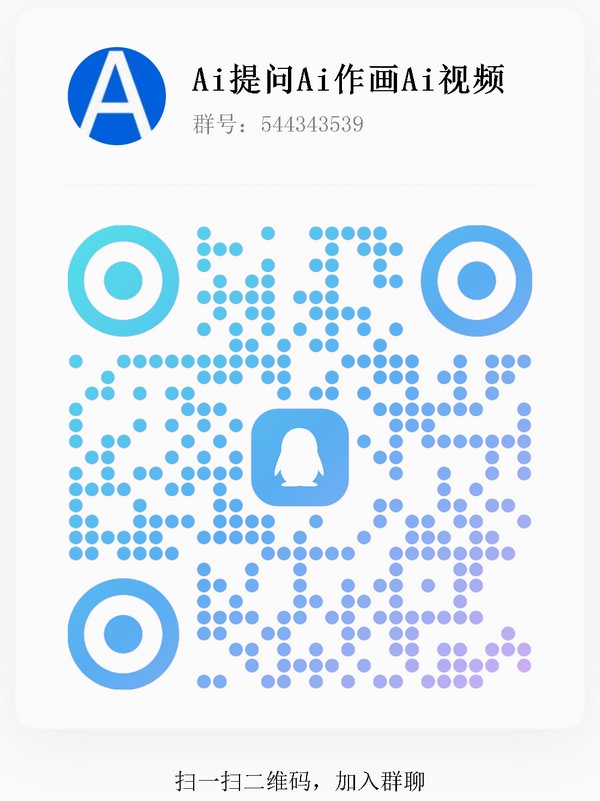
用户提问: ai集成网页
Ai回答: 将AI集成到网页中是一种现代且高效的方式,可以提升用户体验、增强功能或提供智能化服务。以下是一个详细的指南,帮助你了解如何将AI集成到网页中。
1、确定需求和目标
在开始之前,你需要明确你的网页需要哪些AI功能。常见的AI集成包括:
聊天机器人:用于客户服务或互动。
图像识别:用于图片分类或物体检测。
语音识别/生成:用于语音输入或输出。
推荐系统:根据用户行为推荐内容。
自然语言处理(NLP):用于文本分析、情感分析等。
2、选择合适的AI工具和服务
有许多现成的AI工具和服务可以帮助你快速集成AI功能。一些流行的选择包括:
Dialogflow(Google):用于构建聊天机器人。
TensorFlow.js:用于在浏览器中运行机器学习模型。
IBM Watson:提供多种AI服务,如语音识别、NLP等。
Amazon Rekognition:用于图像和视频分析。
Microsoft Azure AI:提供一系列AI服务。
3、集成AI到网页
使用JavaScript和TensorFlow.js
如果你希望在前端直接运行AI模型,可以使用TensorFlow.js。这是一个强大的库,可以在浏览器中运行机器学习模型。
示例:使用TensorFlow.js进行图像分类
1、安装TensorFlow.js
在HTML文件中引入TensorFlow.js库:
html
<script src=https://cdn.jsdelivr.net/npm/@tensorflow/tfjs></script>
2、加载预训练模型
你可以加载一个预训练的图像分类模型,例如MobileNet。
html
<script>
async function classifyImage() {
// 加载预训练模型
const model = await tf.loadLayersModel('https://storage.googleapis.com/tfjs-models/tfjs/mobilenet_v1_0.25_224/model.json');
// 获取图片元素
const img = document.getElementById('myImage');
// 将图片转换为Tensor
const tensor = tf.browser.fromPixels(img);
// 调整图片大小以适应模型输入要求
const resized = tf.image.resizeBilinear(tensor, [224, 224]);
// 添加批次维度
const batched = resized.expandDims(0);
// 进行预测
const predictions = model.predict(batched).dataSync();
// 找出最高概率的类别
const topPrediction = predictions.reduce((maxIndex, current, index) => {
return current > predictions[maxIndex] ? index : maxIndex;
}, 0);
console.log(`Predicted class: ${topPrediction}`);
}
document.getElementById('classifyButton').addEventListener('click', classifyImage);
</script>
3、HTML结构
html
<img id=myImage src=path/to/image.jpg alt=Classification Image>
<button id=classifyButton>Classify Image</button>
使用API集成
如果你不想在前端运行复杂的AI模型,可以通过调用后端API来实现。许多AI服务都提供了RESTful API,你可以通过JavaScript的`fetch`函数来调用这些API。
示例:使用Google Cloud Vision API进行图像标签提取
1、设置Google Cloud项目并启用Vision API
创建Google Cloud项目。
启用Vision API。
获取API密钥。
2、前端代码
html
<script>
async function tagImage() {
const imageFile = document.getElementById('imageFile').files[0];
const formData = new FormData();
formData.append('file', imageFile);
const response = await fetch('/tag-image', {
method: 'POST',
body: formData,
headers: {
'Authorization': 'Bearer YOUR_API_KEY'
}
});
const data = await response.json();
console.log(data);
}
document.getElementById('uploadButton').addEventListener('submit', tagImage);
</script>
3、后端代码(Node.js示例)
javascript
const express = require('express');
const multer = require('multer');
const vision = require('@google-cloud/vision');
const app = express();
const client = new vision.ImageAnnotatorClient();
const upload = multer({ dest: 'uploads/' });
app.post('/tag-image', upload.single('file'), async (req, res) => {
const [result] = await client.labelDetection(req.file.path);
const labels = result.labelAnnotations.map(label => label.description);
res.json(labels);
});
app.listen(3000, () => {
console.log('Server running on port 3000');
});
4、测试和优化
在集成AI功能后,确保进行全面测试,以确保其在不同设备和浏览器上的表现良好。同时,考虑性能优化,例如减少API调用次数、优化模型加载时间等。
5、安全性和隐私
确保在集成AI时遵守相关的安全和隐私法规。特别是涉及到用户数据时,要采取适当的安全措施,如加密传输、匿名化数据等。
通过以上步骤,你可以成功地将AI集成到你的网页中,从而提供更加智能和个性化的用户体验。
0
IP地址: 253.219.85.23
搜索次数: 2
提问时间: 2025-04-21 23:54:08
热门提问:
降低ai率免费
ai换背景颜色
ai生成数据图
百嘉百臻利率债债券C
ai生成概念图
